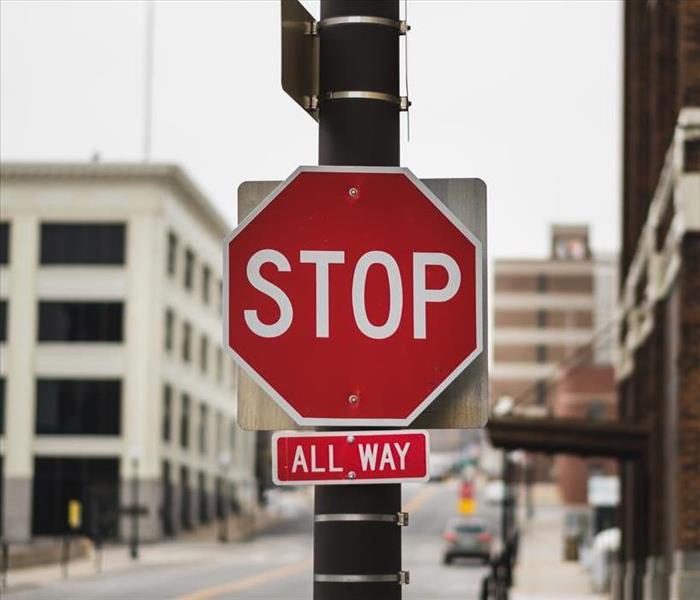What is Water Damage Mitigation?
6/9/2020 (Permalink)
Unlike a professional SERVPRO technician, most people don’t go to bed at night dreaming about water damage. The average person knows that they don’t want water coming into their house, and that’s about it.
So when water does show up, in the form of a burst pipe or a failed sump pump or a backed-up drain, trying to sort through different companies offering different services can be difficult. One company offers water damage restoration, another keeps talking about water damage mitigation – what’s the difference?
If you’re reading this post, that might even describe your situation right now. So we’ll tell you: just what exactly is water damage mitigation? And how does it differ from restoration?
What is water damage mitigation?
The key difference between water damage mitigation and restoration is objective. With water damage mitigation, the goal is to prevent any more damage from happening. It’s the first step in getting you back to normal after a water loss.
“Do I really need mitigation?” you might ask. “The water’s mostly gone, things are drying out, my belongings are already soaked – why bother?”
The short answer is yes – mitigation is vitally important after any water loss. It is enormously difficult to ensure to assess the true extent of water damage on your own, and even harder to get everything dry enough that you’re not at risk of further damage or the growth of mold.
In order to prevent further damage, a water mitigation specialist might do the following:
- Remove contents, furniture, drywall and even flooring that has been damaged;
- Assess the structural stability of a building;
- Extract remaining water using special tools and machines;
- Work with you to figure out what contents are salvageable, and then clean and disinfect those contents;
- If necessary, board up windows and tarp roofs to ensure that no more water gets in.
In short, water damage mitigation is about stopping any further damage from occurring so that the restoration process can begin.
If that’s mitigation, then what is water damage restoration?
Good question! And a common one – many people don’t realize just how extensive the process of cleanup and restoration can go.
Water damage restoration mostly focuses on rebuilding your home or business. At this stage, whatever damage that occurred before mitigation will now be addressed. The restoration stage is where the pros here at SERVPRO of The Southtowns really shine at making it “like it never even happened.”
The actual work that restoration entails really depends on the type and extent of the damage. Standing water in a basement is a much different beast than a hole in a roof, after all. Still, you might expect to see the following:
- Replacement of any walls or floors that had to be removed;
- Detection and removal of any mold that might have formed;
- Repair of any structural or roof issues that might lead to more water damage;
- Extensive humidity and moisture testing to verify that the water problem has been solved.
If you’re still having trouble remembering the difference between mitigation and restoration, just remember this: mitigation stops the problem and restoration reverses it. And if you ever need a mitigation or restoration team to help you after water damage strikes, call SERVPRO of The Southtowns at 716-646-6684 – we’re here to help!






 24/7 Emergency Service
24/7 Emergency Service